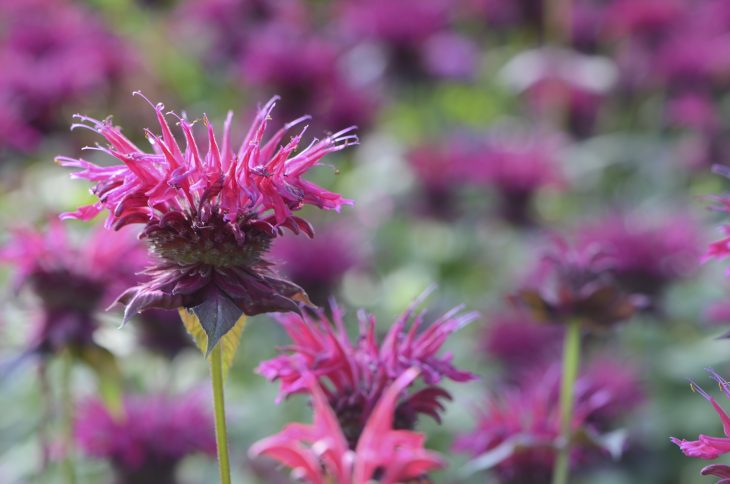
Imagine stepping into a garden buzzing with life, where butterflies, bees, and hummingbirds flit from flower to flower. Sounds magical, right? Creating a pollinator-friendly garden isn’t just a dream; it’s a rewarding way to support local ecosystems. By choosing the right plants, you can transform your outdoor space into a haven for these essential creatures. Whether you’re a seasoned gardener or just starting out, this guide will introduce you to 29 plants that attract and nourish pollinators. Ready to make your garden the talk of the town? Let’s dive into the world of vibrant blooms and happy pollinators!
1
of 29
Mexican Sunflower
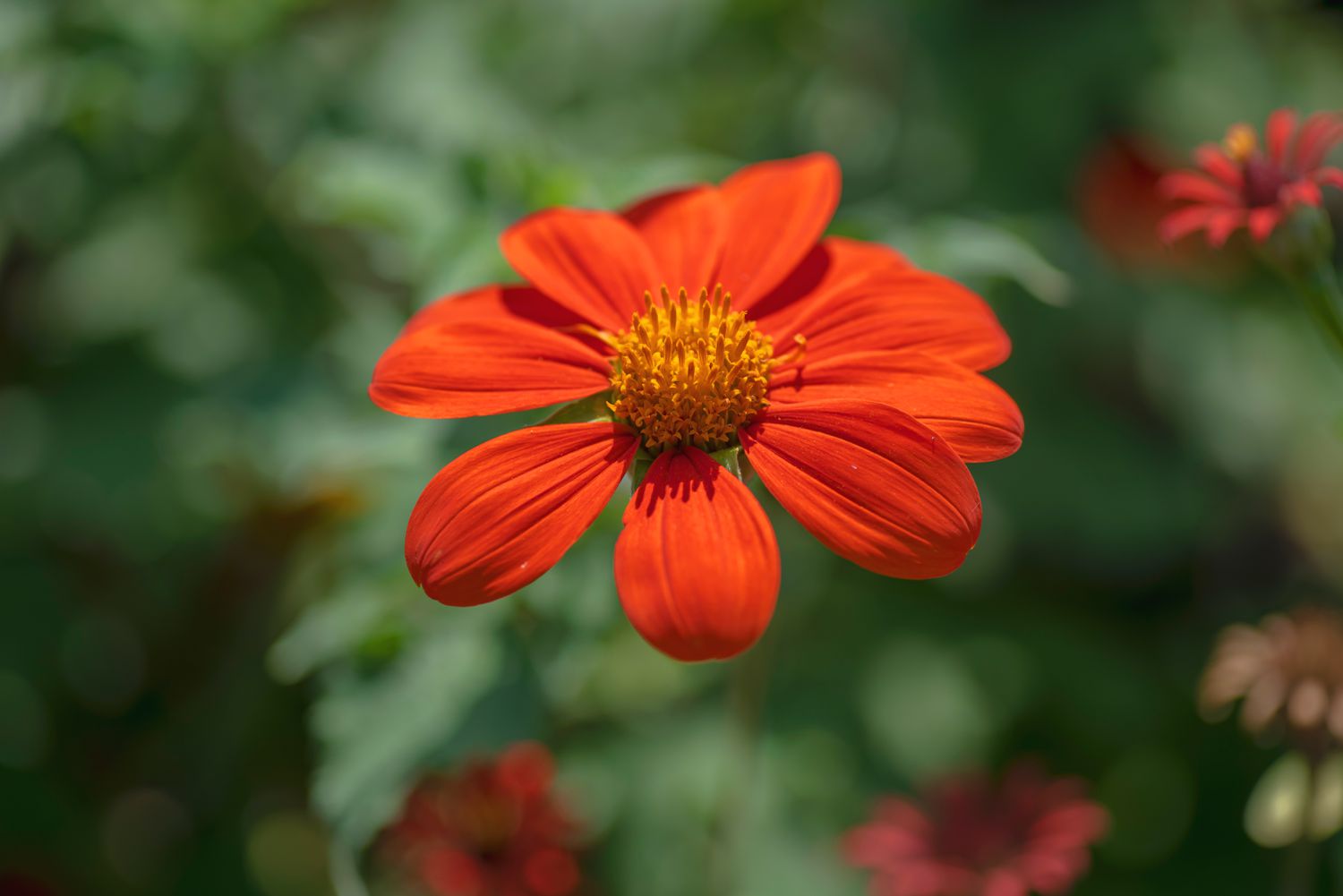
The Mexican Sunflower, dazzling with vibrant orange petals, stands out in any pollinator-friendly garden. Originating from Central America, this plant grows tall and strong, attracting a plethora of bees, butterflies, and hummingbirds. Its resilience makes it a low-maintenance choice for gardeners, thriving even in poor soils. Blooming from summer until the first frost, it provides continuous nectar and pollen for visiting pollinators. Besides its ecological benefits, the Mexican Sunflower’s bright colors add a stunning visual appeal. For those wanting a lively, beneficial garden, this flowering marvel is a top contender.
Read More About Mexican Sunflower: 9 Intriguing Facts About Mexican Sunflower
2
of 29
Agastache
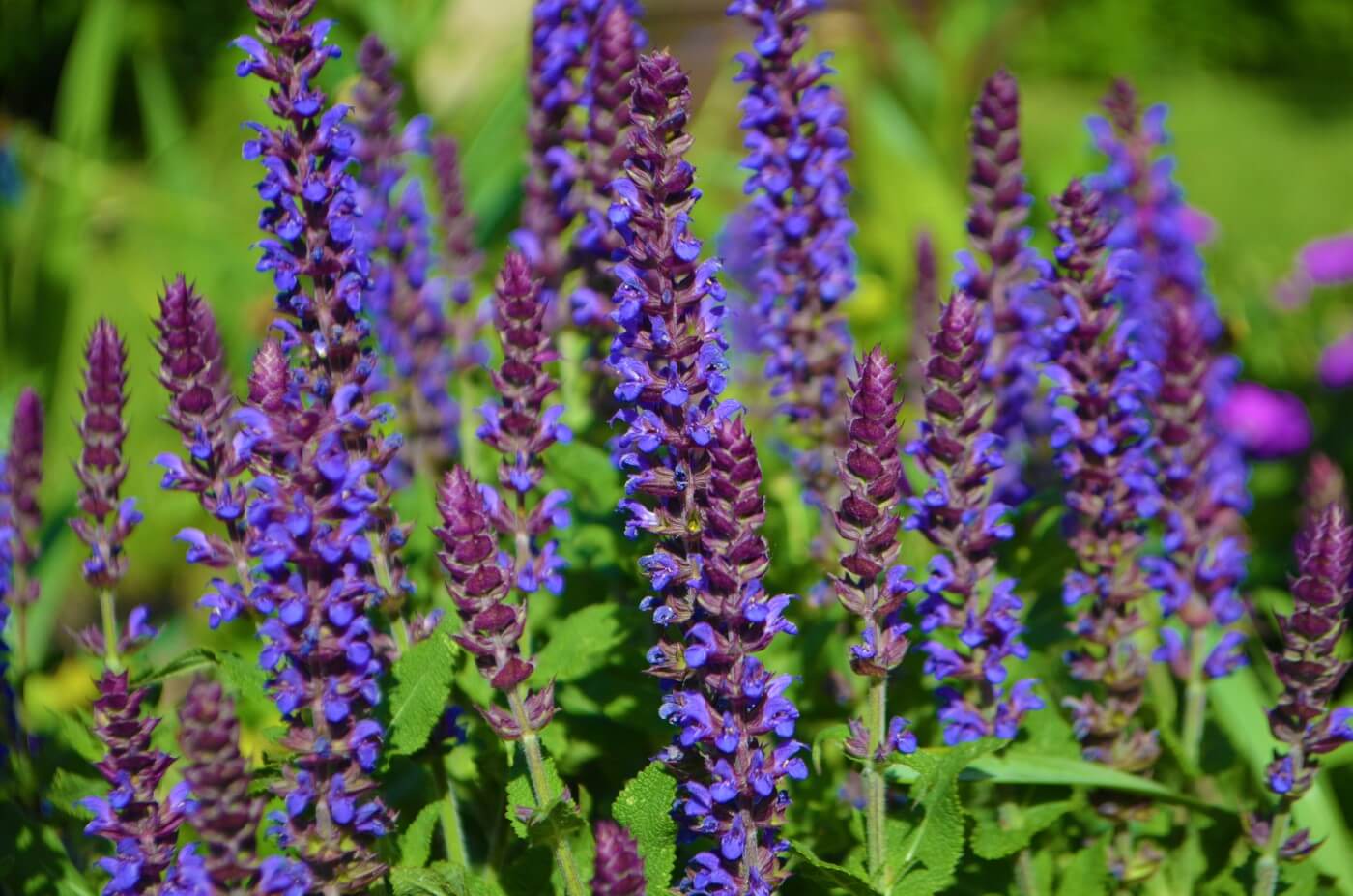
Agastache, a vibrant perennial, will jazz up any pollinator-friendly garden. Known for its tall spikes brimming with tubular flowers, it attracts bees, butterflies, and hummingbirds like crazy. With a minty aroma, its leaves add flavor to teas and salads. Thriving in sunny spots with well-drained soil, Agastache offers a long blooming season, making it perfect for continuous color. Plus, it’s drought-tolerant and deer-resistant, so less maintenance is needed. If you’re looking to create a buzzing, lively garden space, this hardy plant is a surefire way to draw in nature’s pollinators and keep your garden thriving.
Read More About Agastache: 20 Unbelievable Facts About Hummingbird Mint
3
of 29
Poppy
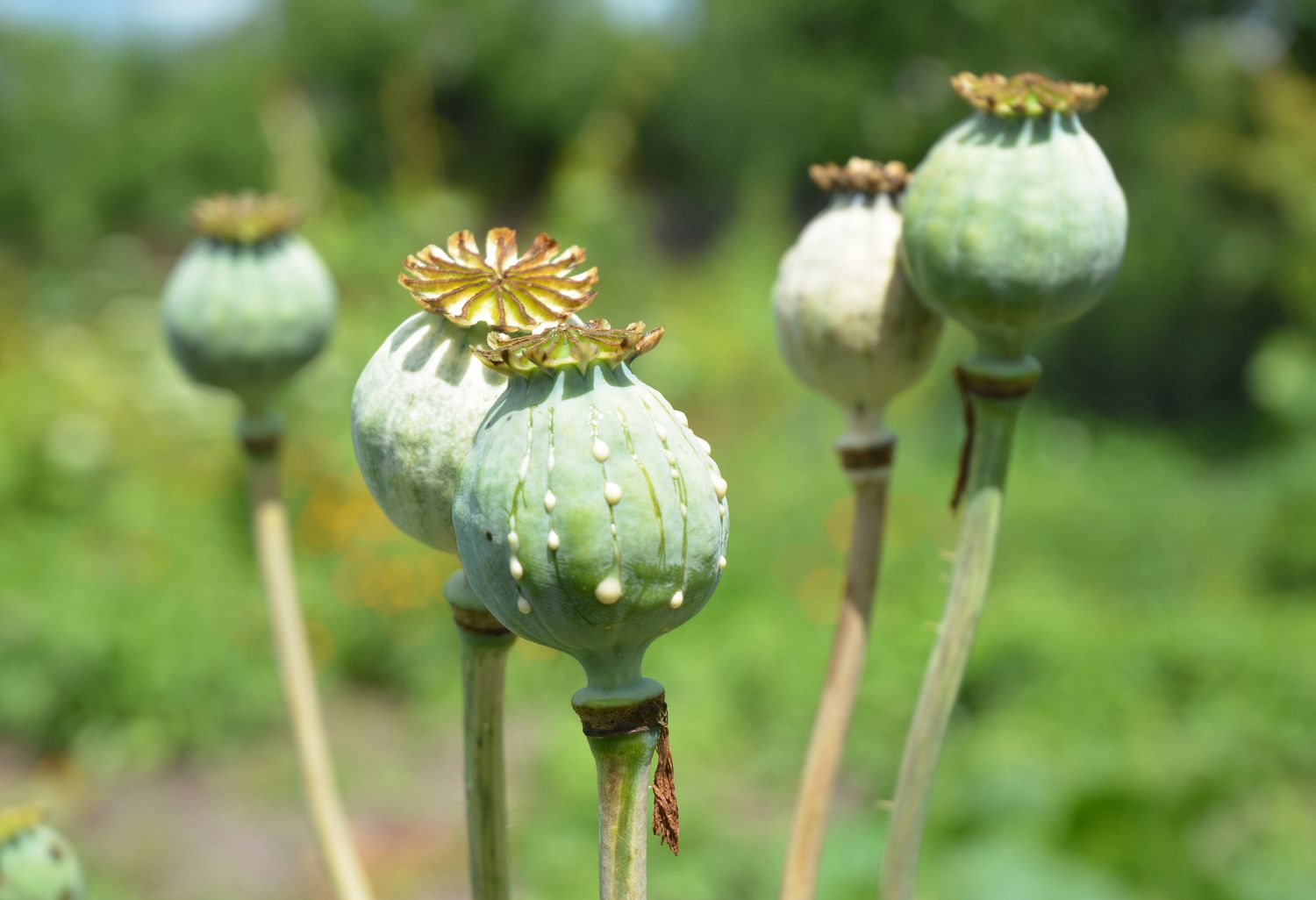
Poppies are eye-catching garden stars with their vibrant colors and delicate petals. These plants, often associated with remembrance and peace, attract pollinators like bees and butterflies, making any garden lively and buzzing. Apart from their beauty, poppies have a rich cultural history and medicinal properties. Their seeds can be used in cooking, adding a nutty flavor to various dishes. Poppies are not only easy to grow but also come in numerous varieties, suited for different climates and soil types. Perfect for those looking to add a pop of color and attract beneficial insects to their garden.
Read More About Poppy: 12 Extraordinary Facts About Poppy
4
of 29
Foxglove
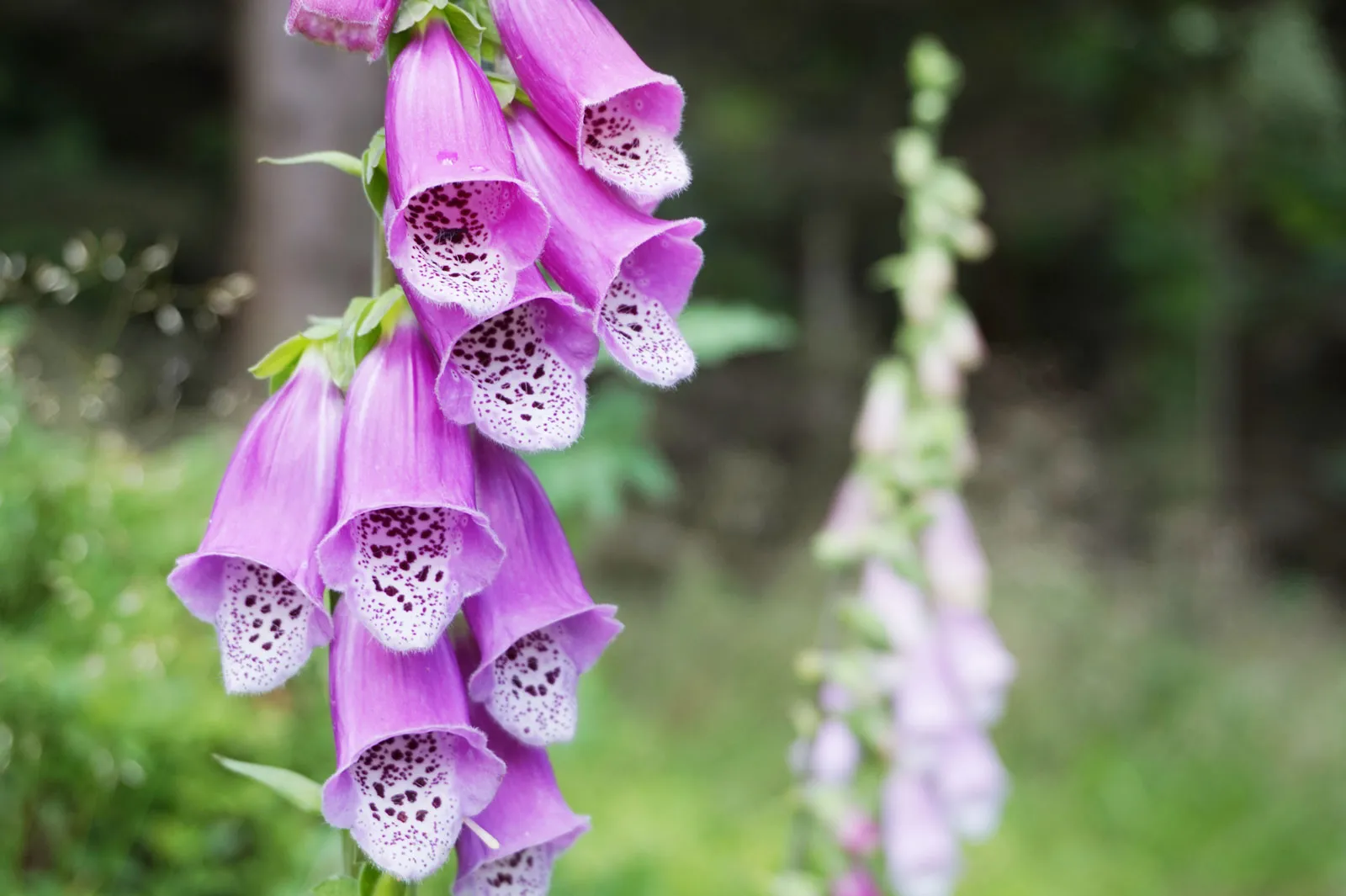
Digitalis purpurea, also known as foxglove, brings striking beauty and medicinal prowess to gardens. With its tall spikes and bell-shaped flowers, it attracts bees and hummingbirds like a magnet. This charming plant isn’t just pretty; it’s also a powerful heart remedy, though caution is needed due to its toxic nature. Blooming in shades of purple, pink, and white, foxglove adds vibrant color and life to pollinator-friendly spaces. While admired for centuries, it continues to enchant gardeners and herbalists alike. Dive into the wonders of this fascinating plant and see why it’s a standout in any garden.
Read More About Foxglove: 9 Astounding Facts About Foxglove
5
of 29
Verbena
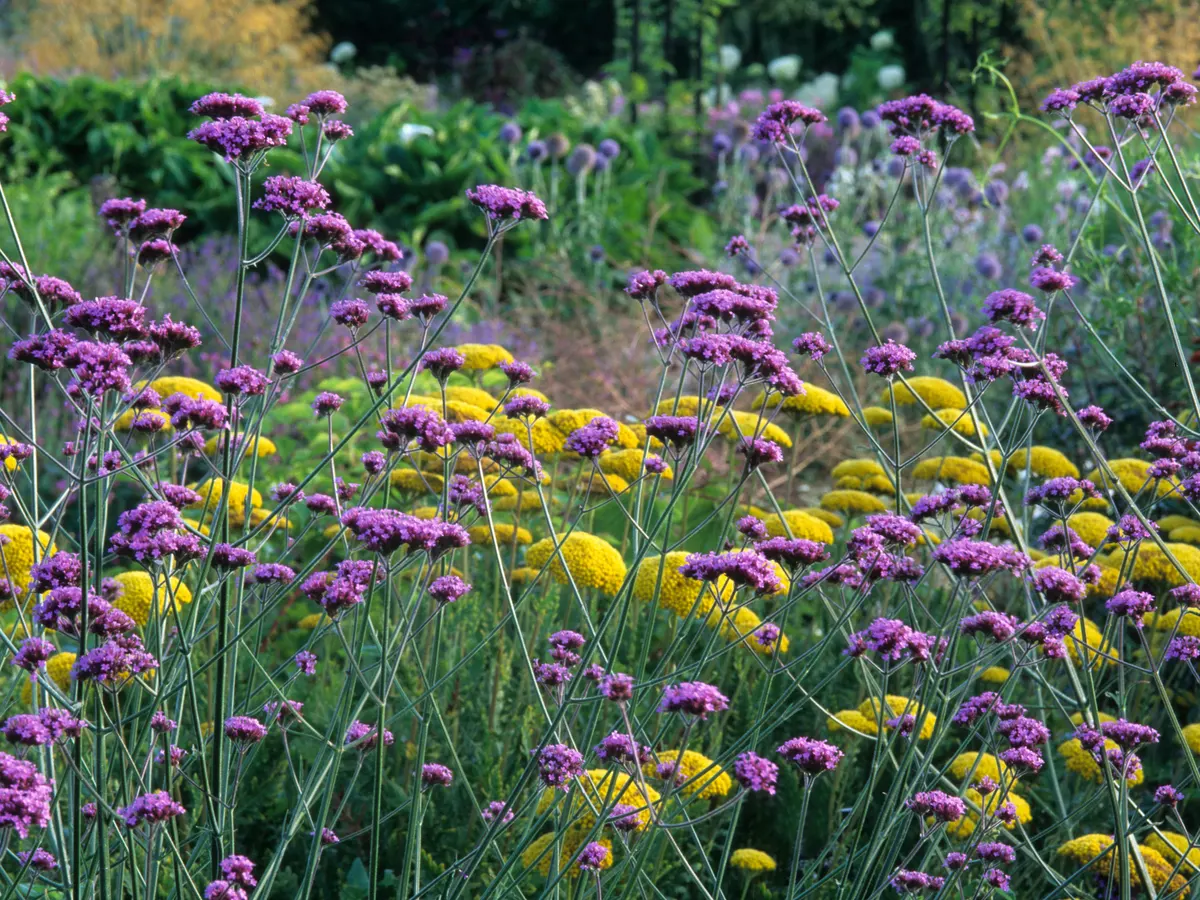
Verbena, a vibrant and versatile plant, captures attention with its dazzling blooms and pollinator-friendly nature. Thriving in various climates, this resilient beauty doesn’t just add a splash of color to your garden; it attracts bees, butterflies, and hummingbirds, creating a buzzing haven. With its low-maintenance charm, verbena suits both novice and seasoned gardeners alike. Whether used in borders, containers, or ground cover, its long-lasting flowers ensure your garden stays lively throughout the seasons. Dive into the world of verbena and discover why this captivating plant is a must-have for any pollinator-friendly garden.
Read More About Verbena: 16 Enigmatic Facts About Verbena Bonariensis
6
of 29
Snapdragon

Snapdragons, with their vibrant hues and whimsical, dragon-like blooms, are a garden favorite. These fascinating flowers not only charm with their appearance but also play a pivotal role in attracting pollinators, making them a must-have for any pollinator-friendly garden. With a flair for the dramatic, snapdragons can add a splash of color to any landscape while supporting our buzzing friends. They’re resilient, adaptable, and easy to grow, offering beauty and ecological benefits. Get ready to be enchanted by these floral wonders and delve into the incredible world of snapdragons.
Read More About Snapdragon: 19 Facts About Snapdragon
7
of 29
Tickseed
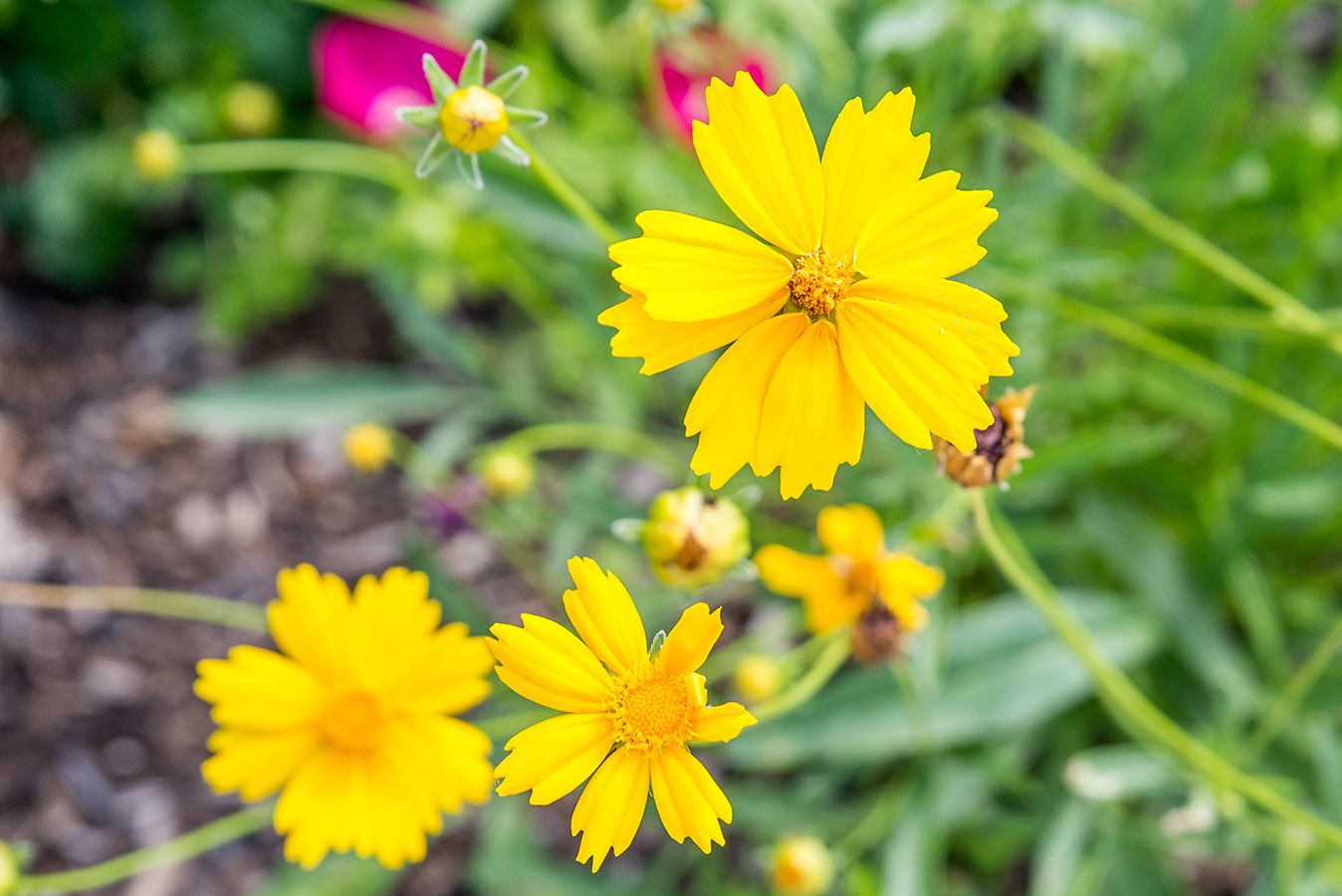
Coreopsis, often called tickseed, is a delightful addition to any pollinator-friendly garden. These brightly colored, daisy-like flowers bloom profusely, attracting bees, butterflies, and other beneficial insects. With their easy-going nature, they thrive in various soil types and need minimal care. Varieties come in cheerful hues like yellow, pink, red, and orange, creating a vibrant display throughout the summer. Plus, coreopsis flowers are drought-tolerant, which makes them perfect for low-maintenance gardening. Whether in a meadow or a manicured bed, these blooms add a splash of color and draw in pollinators, making your garden both beautiful and buzzing with life.
Read More About Tickseed: 13 Extraordinary Facts About Tickseed
8
of 29
Phlox
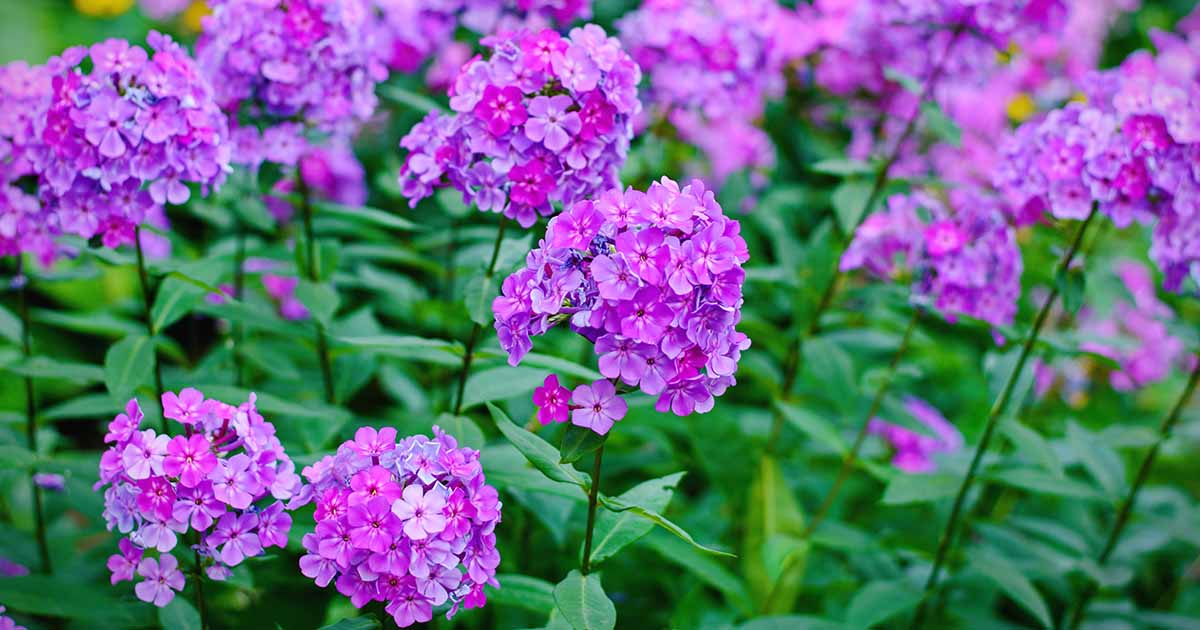
Phlox, a colorful and versatile flower, adds a splash of vibrancy to any pollinator-friendly garden. Known for its sweet fragrance, this beautiful bloom attracts bees, butterflies, and hummingbirds, making it a favorite among gardeners aiming to support pollinators. Phlox comes in a variety of species, each offering unique hues and growth habits, from low-growing ground covers to tall, eye-catching perennials. With its rich history and ease of cultivation, it’s no wonder phlox has become a staple in gardens worldwide. Dive deeper into the fascinating world of phlox and let your garden burst with life and color!
Read More About Phlox: 20 Astounding Facts About Garden Phlox
9
of 29
Hollyhock
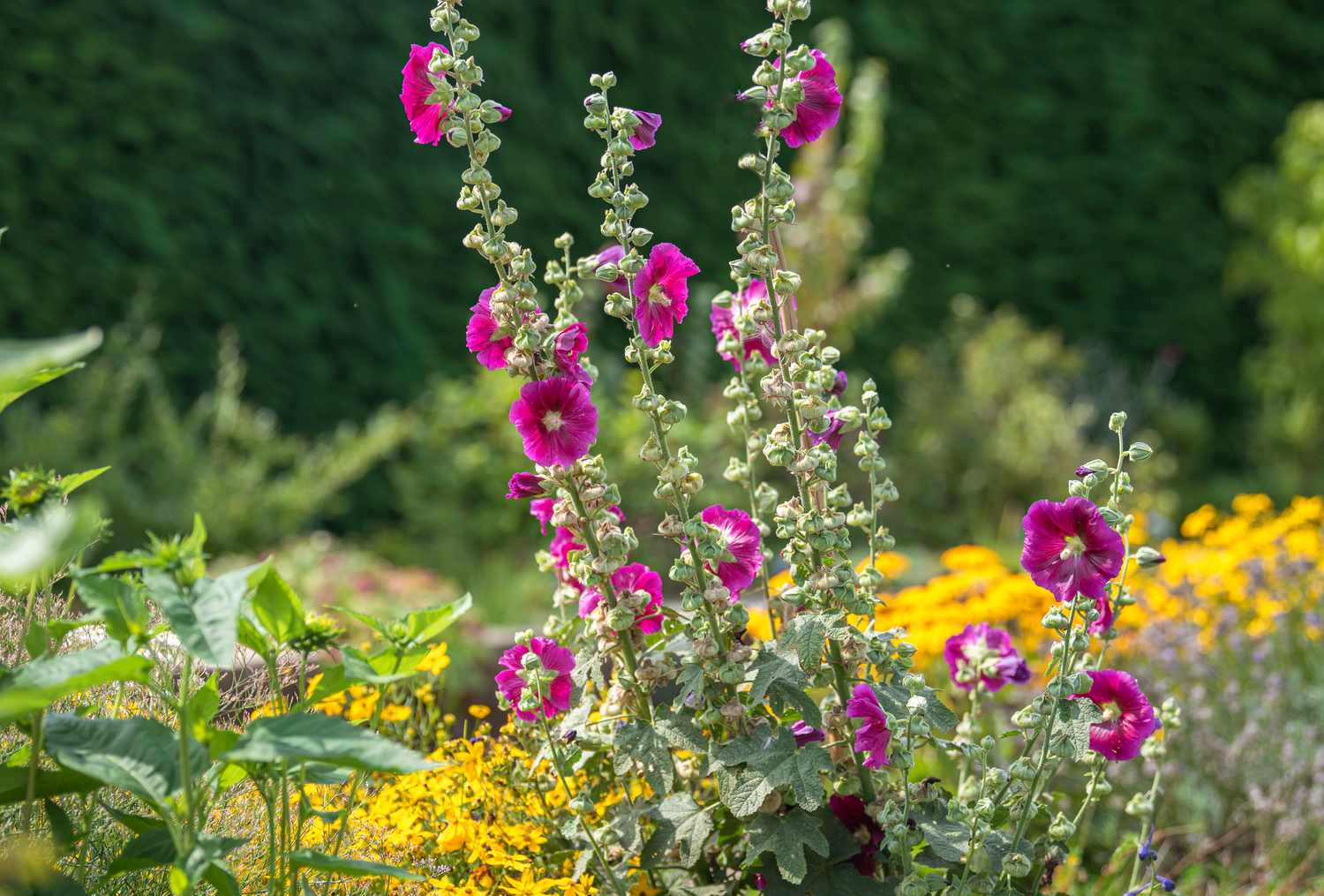
Hollyhocks, with their towering spires and vibrant blooms, are stars in any garden. They produce stunning flowers that attract hummingbirds, butterflies, and bees, making them perfect for pollinator-friendly spaces. Native to Asia and Europe, they’ve found a special place in gardens worldwide. Their deep roots help stabilize soil, while their tall stalks provide shelter for smaller plants. Often grown as biennials, hollyhocks bloom in their second year, displaying a range of colors from white to deep purple. Besides their beauty, they’re known for their resilience, easily adapting to different climates, ensuring your garden remains lively and colorful.
Read More About Hollyhock: 14 Unbelievable Facts About Hollyhock
10
of 29
Yarrow
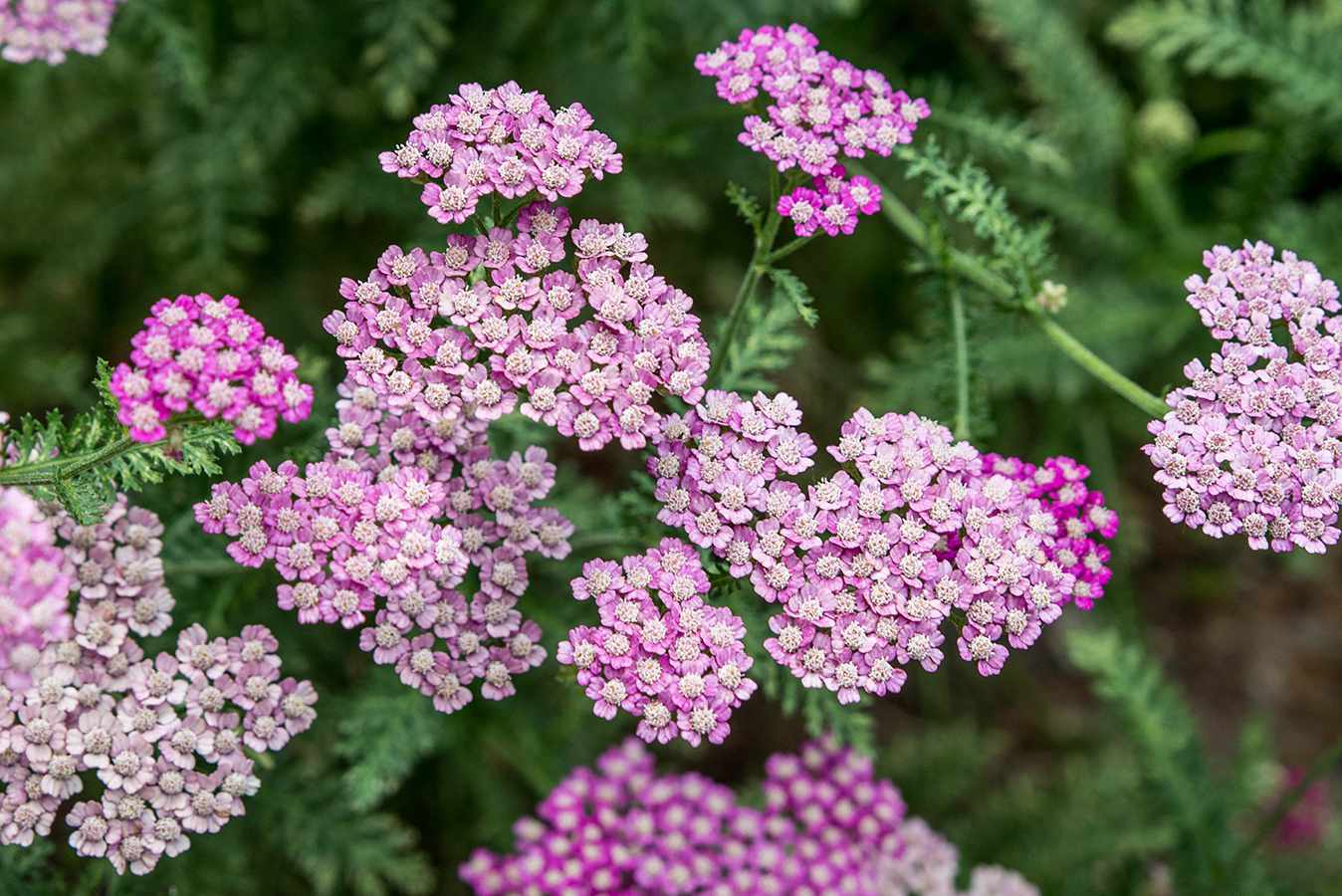
Yarrow, a must-have for any pollinator-friendly garden, boasts ancient uses and modern marvels. Known for its feathery leaves and clusters of tiny flowers, this hardy plant attracts bees, butterflies, and other beneficial insects. Yarrow’s vibrant blooms can range from white to a variety of hues, adding splashes of color throughout the growing season. Besides its visual appeal, its medicinal properties have been celebrated for centuries, used traditionally to treat wounds and fevers. Easy to grow in various soil types, it’s a gardener’s delight, offering both beauty and utility while supporting vital pollinators.
Read More About Yarrow: 19 Astonishing Facts About Yarrow
11
of 29
Salvia
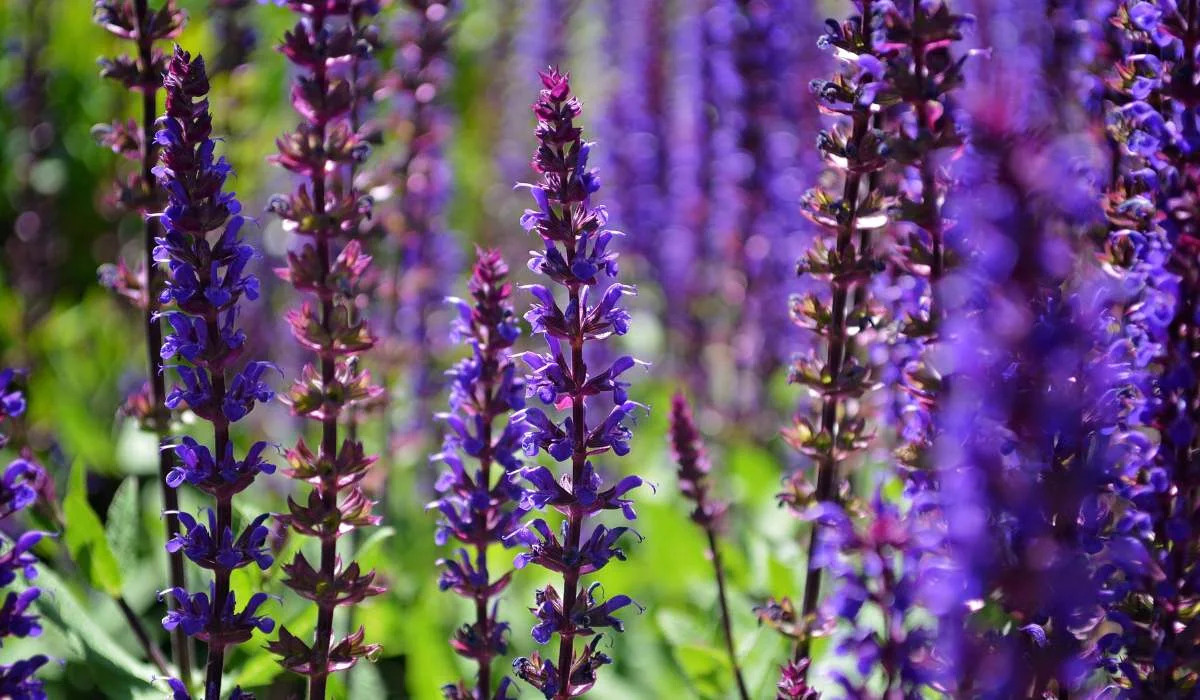
Salvia, often known as sage, boasts a rich tapestry of history, culture, and uses. Revered in culinary arts for its distinct flavor, this plant also holds significance in traditional medicine and spiritual rituals. Its vibrant, nectar-rich flowers attract hummingbirds, bees, and butterflies, making it a superstar in pollinator-friendly gardens. With hundreds of species spread across the globe, salvia showcases a stunning variety of colors, shapes, and sizes. Whether you’re a gardener seeking to boost biodiversity or a culinary enthusiast wanting to spice up dishes, salvia’s intriguing qualities offer something for everyone to savor.
Read More About Salvia: 14 Astounding Facts About Salvia
12
of 29
Coneflower
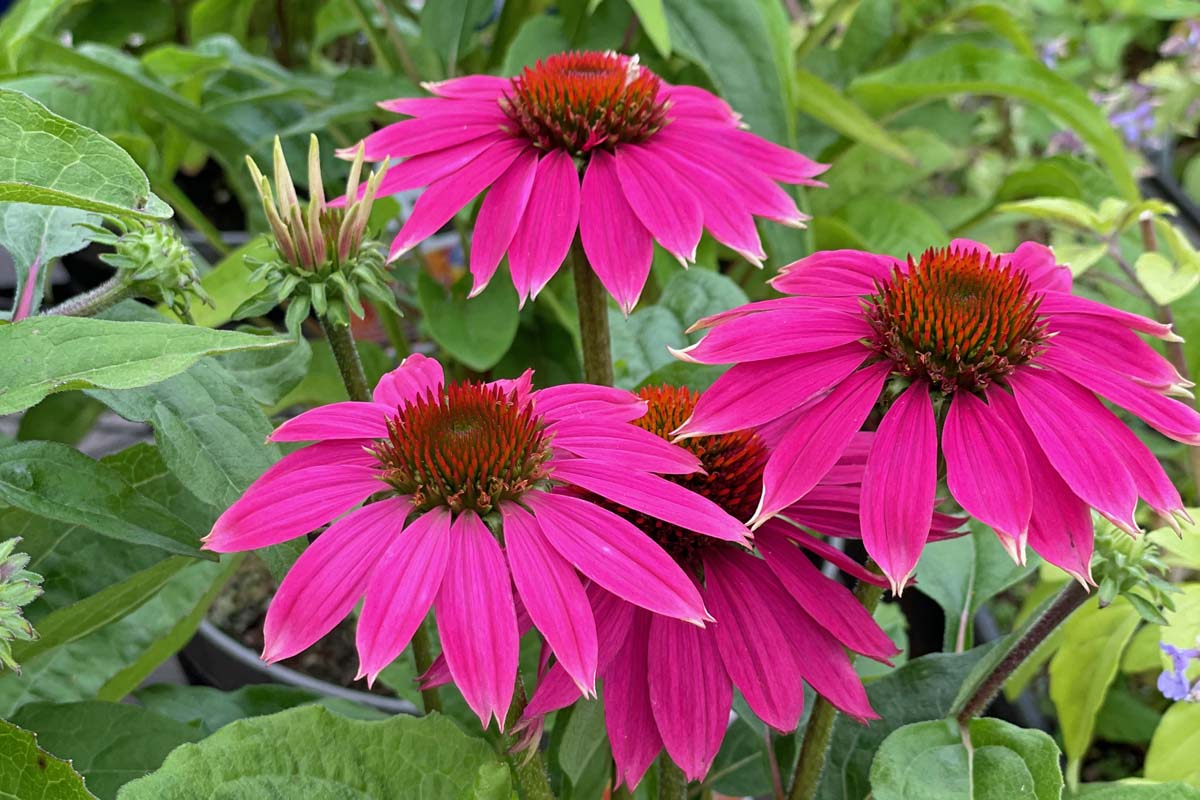
Coneflower bursts with color and charm, making it a favorite in pollinator gardens. Native to North America, these bright blooms attract bees, butterflies, and birds, creating a lively backyard scene. Their spiky centers and drooping petals add a unique flair to any landscape. Besides their beauty, coneflowers boast herbal benefits and low-maintenance care, thriving in various soil types and conditions. With a long blooming season, they provide sustenance for pollinators throughout the summer. Perfect for beginners and seasoned gardeners alike, coneflowers bring a splash of nature’s magic to your garden.
Read More About Coneflower: 14 Intriguing Facts About Coneflower
13
of 29
Hellebore
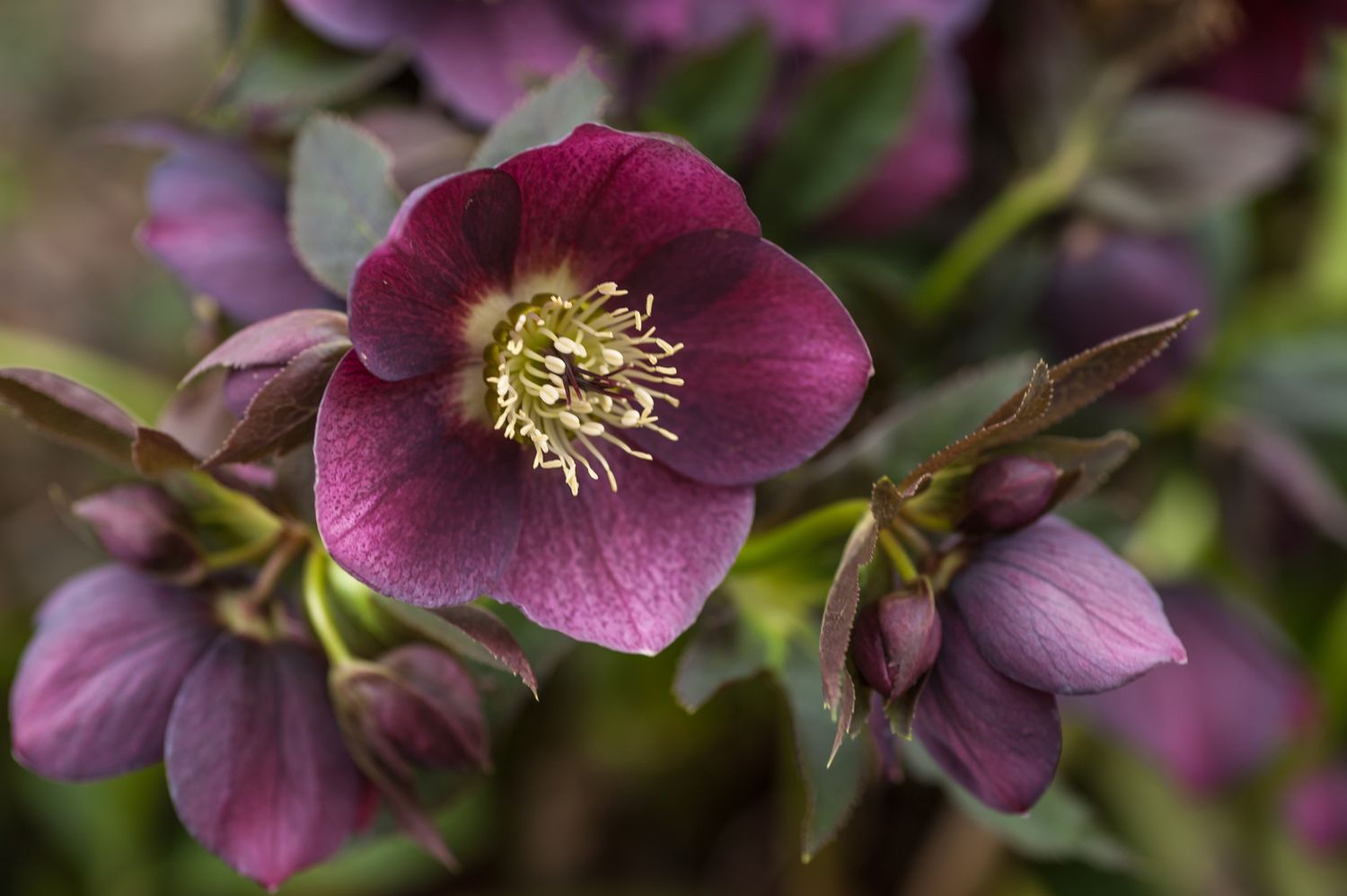
Hellebore is a stunning perennial plant known for its early bloom and vibrant flowers, providing vital nectar and pollen for bees and other pollinators when few other plants are in flower. Its long-lasting blooms and hardy nature make it an excellent addition to any garden, supporting biodiversity and enhancing ecological balance. Learn more about this remarkable plant by exploring 18 intriguing facts about Hellebore’s characteristics and benefits.
Read More About Hellebore: 18 Fascinating Facts About Hellebore
14
of 29
Sunflower

Sunflowers, those cheerful giants, are more than just a pretty face in a garden. With their bright yellow petals and towering stems, they bring an undeniable splash of sunshine wherever they grow. These fascinating flowers not only captivate with their beauty but also play a crucial role in supporting our buzzing pollinator friends. From their ability to track the sun to their surprising uses beyond decoration, sunflowers are a standout in any pollinator-friendly garden. Dive into the world of these golden wonders and discover how they can brighten up your outdoor space while helping our ecosystem thrive.
Read More About Sunflower: Sunflower Facts
15
of 29
Black-Eyed Susan
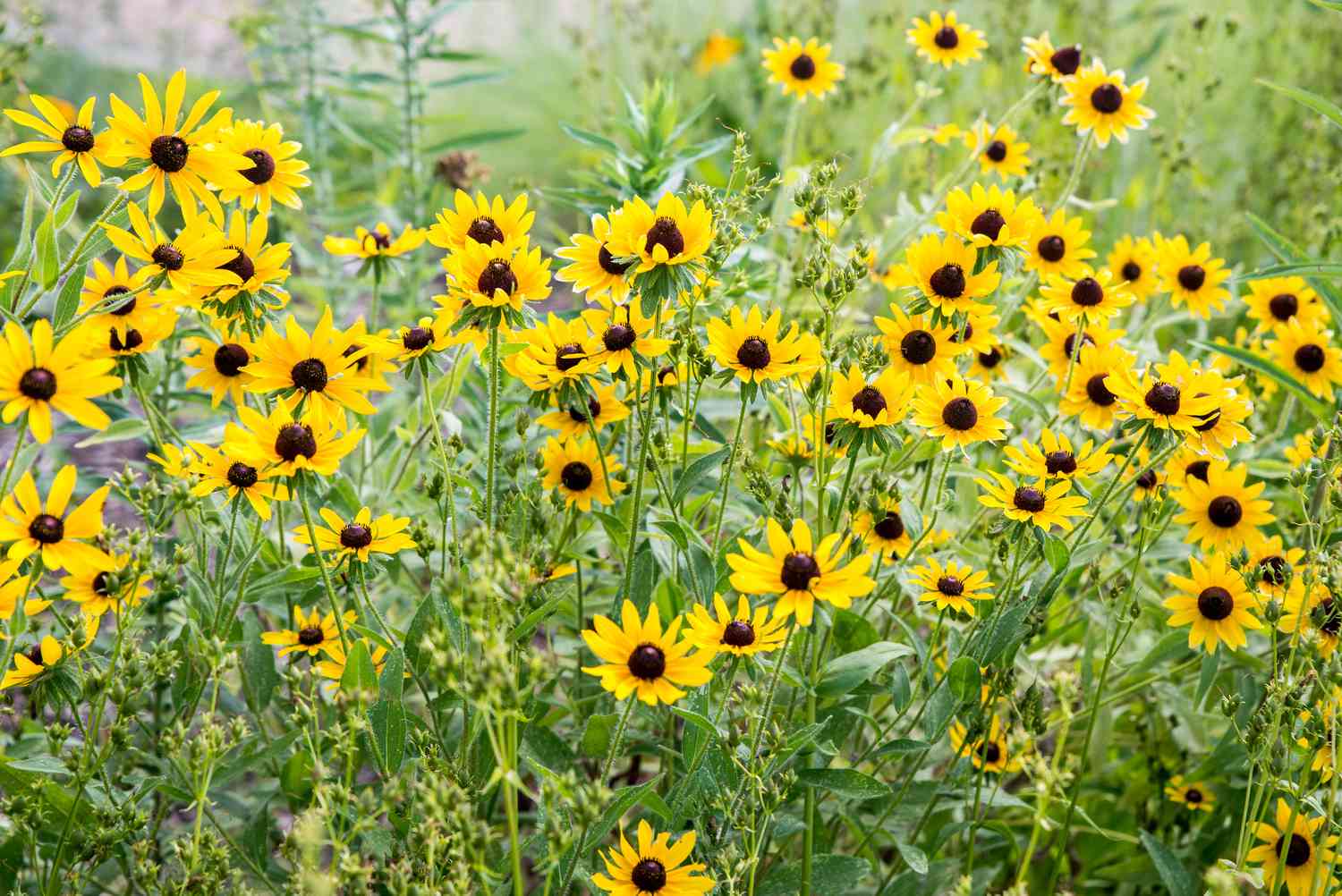
Black-Eyed Susan, with its striking yellow petals and dark centers, brings a burst of sunshine to any garden. These hardy perennials attract pollinators like bees and butterflies, making them invaluable for biodiversity. Native to North America, they thrive in various climates and require minimal care, perfect for both seasoned gardeners and beginners. Their long blooming season ensures vibrant color from summer well into fall. Besides their beauty, Black-Eyed Susans also symbolize encouragement and motivation, adding a touch of inspiration to your garden. Whether planted in wildflower meadows or formal beds, these flowers are a must-have for anyone looking to support pollinators.
Read More About Black-Eyed Susan: 15 Unbelievable Facts About Black-Eyed Susan
16
of 29
Aster
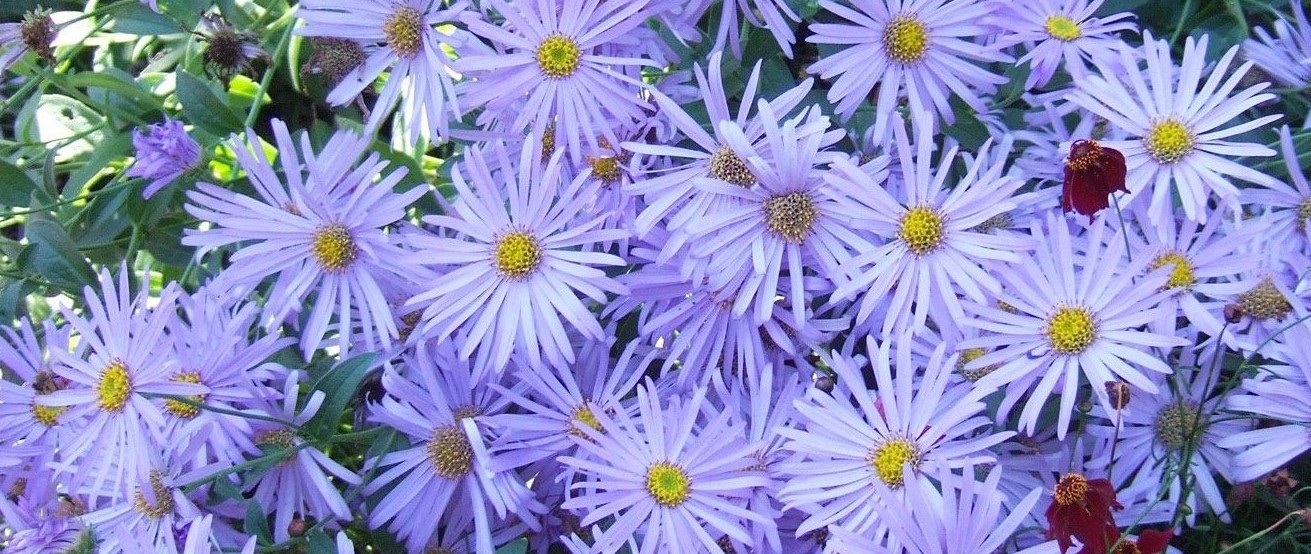
Asters, those charming star-shaped flowers, bring a splash of color to any garden and are a magnet for pollinators like bees and butterflies. These hardy perennials, often found in late summer and fall, not only brighten up landscapes but support a healthy ecosystem. With their vibrant hues and ability to thrive in various conditions, asters create a lively, inviting space for beneficial insects, making them a must-have for any pollinator-friendly garden. Their unique beauty and ecological benefits make them a favorite among garden enthusiasts aiming to attract a diverse array of pollinators.
Read More About Aster: 13 Mind-blowing Facts About Aster
17
of 29
Zinnia
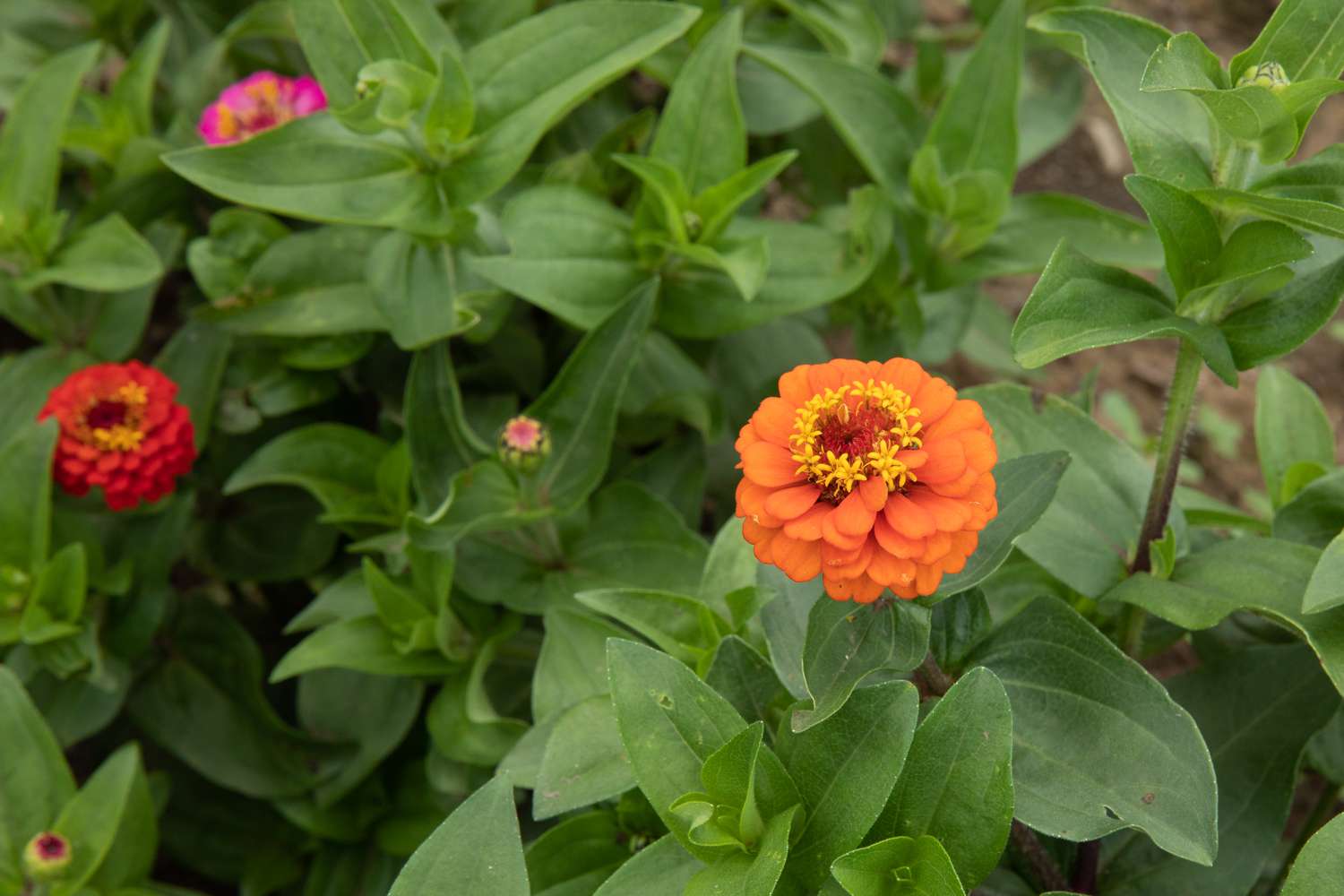
Zinnias, vibrant and versatile, bring an explosion of color to any garden. Their easy-growing nature makes them perfect for beginners and seasoned gardeners alike. Blooming in a variety of hues, they attract pollinators like bees and butterflies, ensuring a lively and dynamic flower bed. These sun-loving plants thrive in well-drained soil, showing off their beautiful petals from summer through fall. Plus, they make delightful cut flowers, brightening up indoor spaces. Whether aiming for a pollinator-friendly garden or simply wanting vibrant blooms, zinnias offer charm and ease, transforming any garden into a haven of natural beauty.
Read More About Zinnia: 19 Facts About Zinnias
18
of 29
Borage

Borage, a star-shaped blue flower, offers more than just good looks. With its cucumber-like taste, it’s a favorite in salads and cocktails. This hardy annual plant thrives in poor soil and attracts bees like a magnet, making it a pollinator’s dream. Besides being an eye-catcher in gardens, borage leaves and flowers are edible and packed with nutrients. Historically, it was believed to bring courage—a trait still linked to its bright, uplifting presence. From herbal remedies to culinary delights, borage holds a special place in both gardens and kitchens, enriching biodiversity and human health alike.
Read More About Borage: 15 Mind-blowing Facts About Borage
19
of 29
Marigold
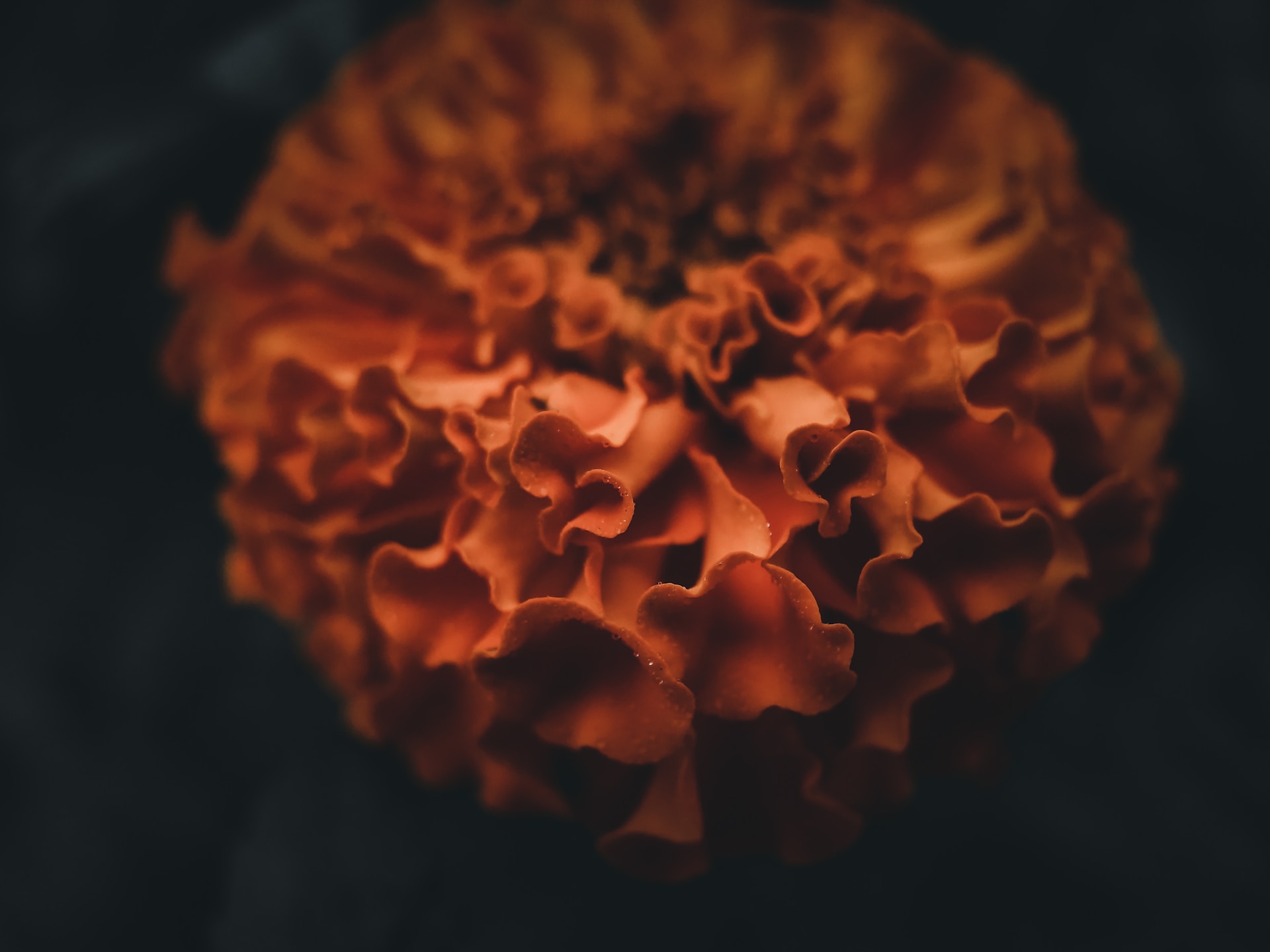
Marigolds are vibrant, hardy flowers that bring a splash of color to any garden. Known for their striking orange and yellow hues, they also serve a greater purpose. These blooms attract a variety of pollinators, including bees and butterflies, making them an excellent choice for a pollinator-friendly garden. Their easy-going nature means they thrive in diverse conditions, providing beauty and benefits with minimal fuss. Plus, marigolds can help deter certain pests, acting as a natural defense for other plants. Adding marigolds to your garden not only boosts its visual appeal but also supports the ecosystem in a big way.
Read More About Marigold: 14 Facts About Marigold
20
of 29
Lupine
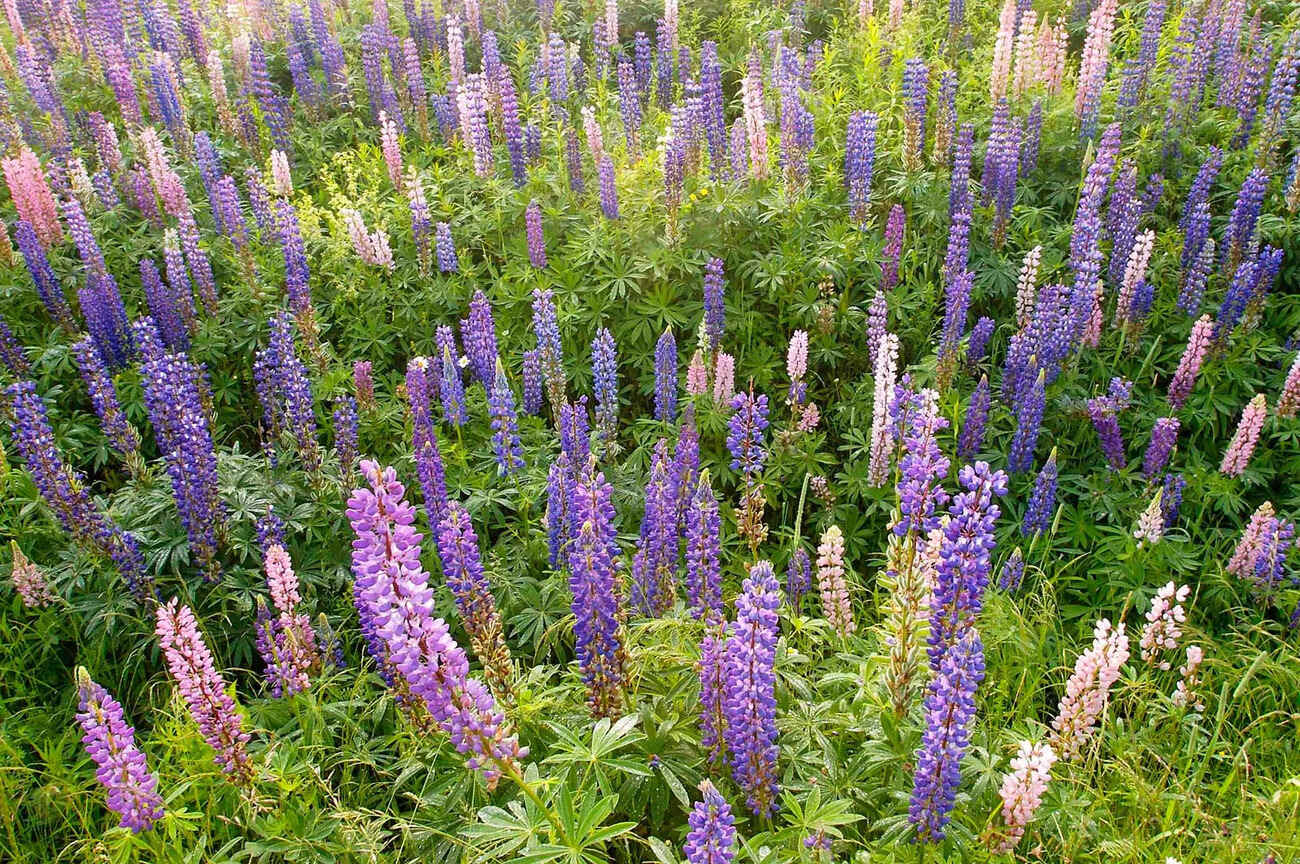
Lupines are vibrant and spikey plants that not only add a splash of color to gardens but also play a crucial role in attracting pollinators. With their tall, cone-shaped flower clusters in hues of blue, purple, pink, and white, they easily become the focal point of any landscape. These hardy perennials enrich soil by fixing nitrogen, benefiting neighboring plants. Their blossoms serve as a magnet for bees, butterflies, and hummingbirds, fostering a lively ecosystem in your backyard. Easy to grow and care for, lupines can transform any space into a pollinator’s paradise.
Read More About Lupine: 18 Astonishing Facts About Lupine
21
of 29
Thyme
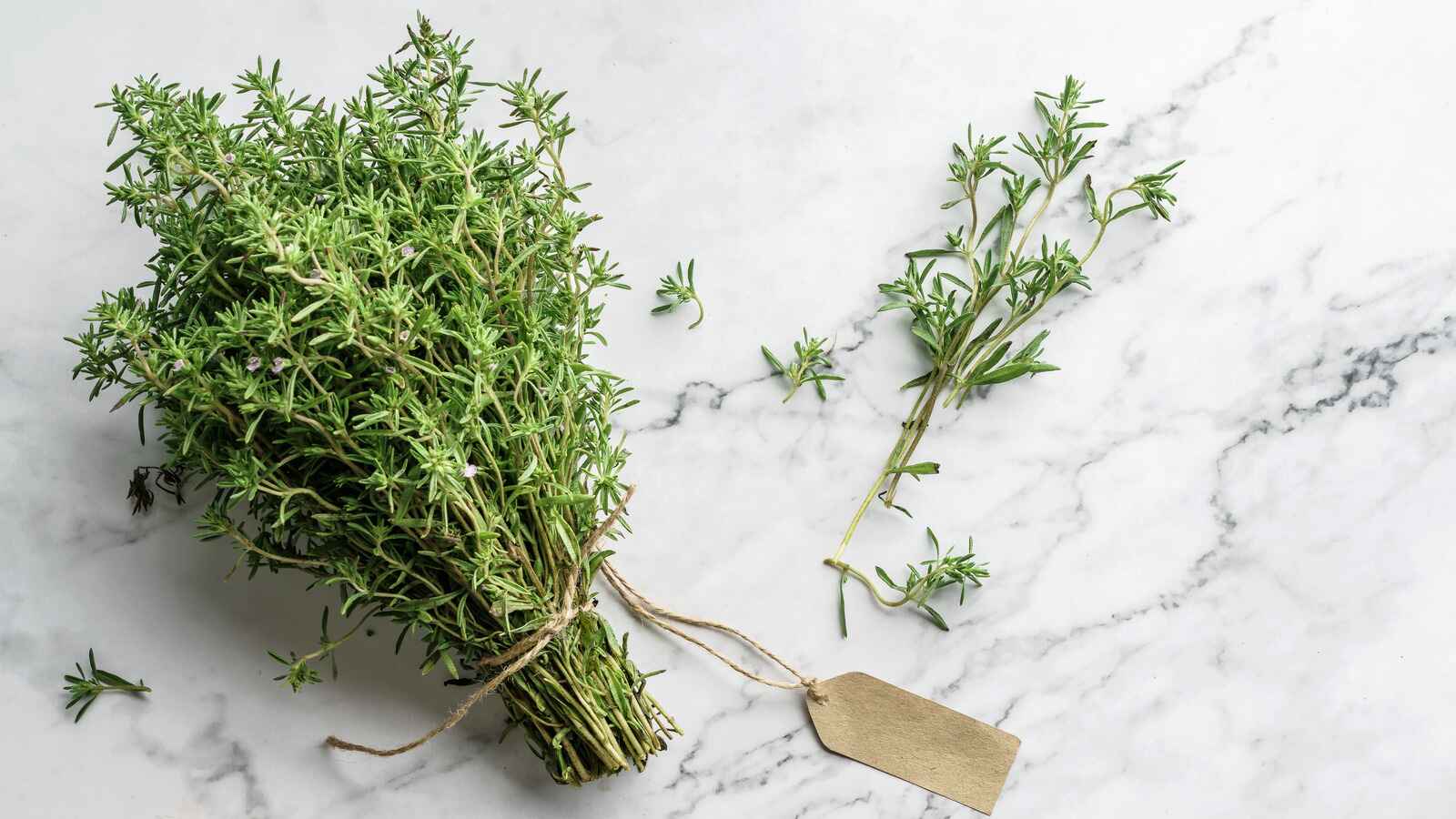
Thyme, a fragrant herb often used in cooking, brings more than just flavor to the table. Its tiny flowers, rich in nectar, attract bees, butterflies, and other pollinators, making it a fantastic addition to any garden aimed at supporting these beneficial creatures. Aside from its culinary uses, thyme also boasts medicinal properties, historically used for its antiseptic and preservative qualities. With its hardy nature and low maintenance needs, growing thyme can be quite rewarding. Whether planted in pots or garden beds, this versatile herb thrives in well-drained soil and plenty of sunlight, adding both beauty and utility to your garden.
Read More About Thyme: 16 Facts About Thyme
22
of 29
Butterfly Bush
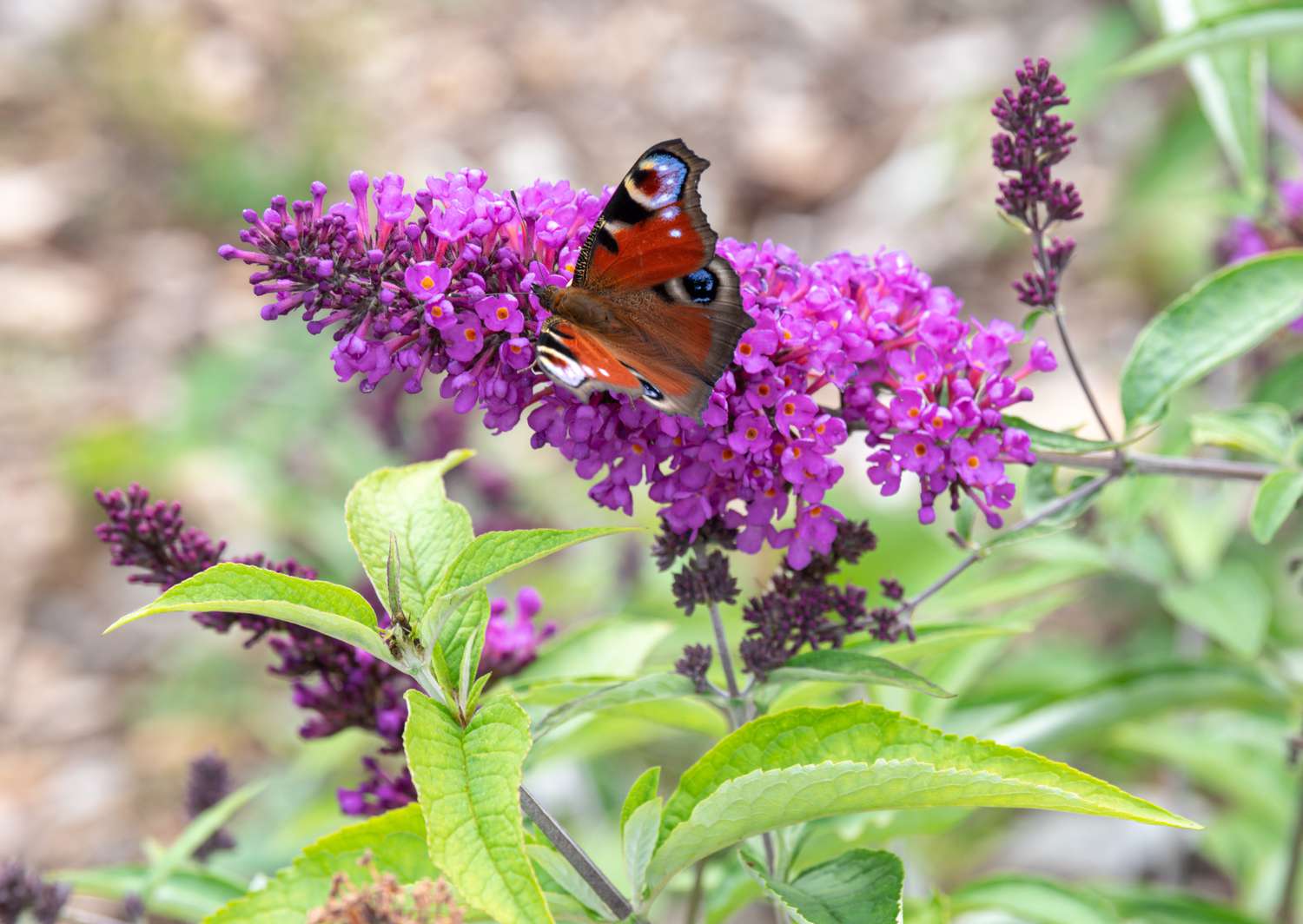
Butterfly bushes are amazing additions to any pollinator-friendly garden. With their vibrant, cone-shaped flowers, they’re like magnets for butterflies, hummingbirds, and bees. Fast-growing and easy to maintain, these shrubs add a splash of color all summer long. Native to Asia, butterfly bushes thrive in well-drained soil and plenty of sunshine. Known for their sweet fragrance, they can grow quite large, making them perfect for creating a stunning garden focal point. Despite their beauty, some regions consider them invasive, so always check local guidelines before planting. Whether attracting pollinators or just adding visual appeal, butterfly bushes never disappoint.
Read More About Butterfly Bush: 18 Extraordinary Facts About Butterfly Bush
23
of 29
Sedum
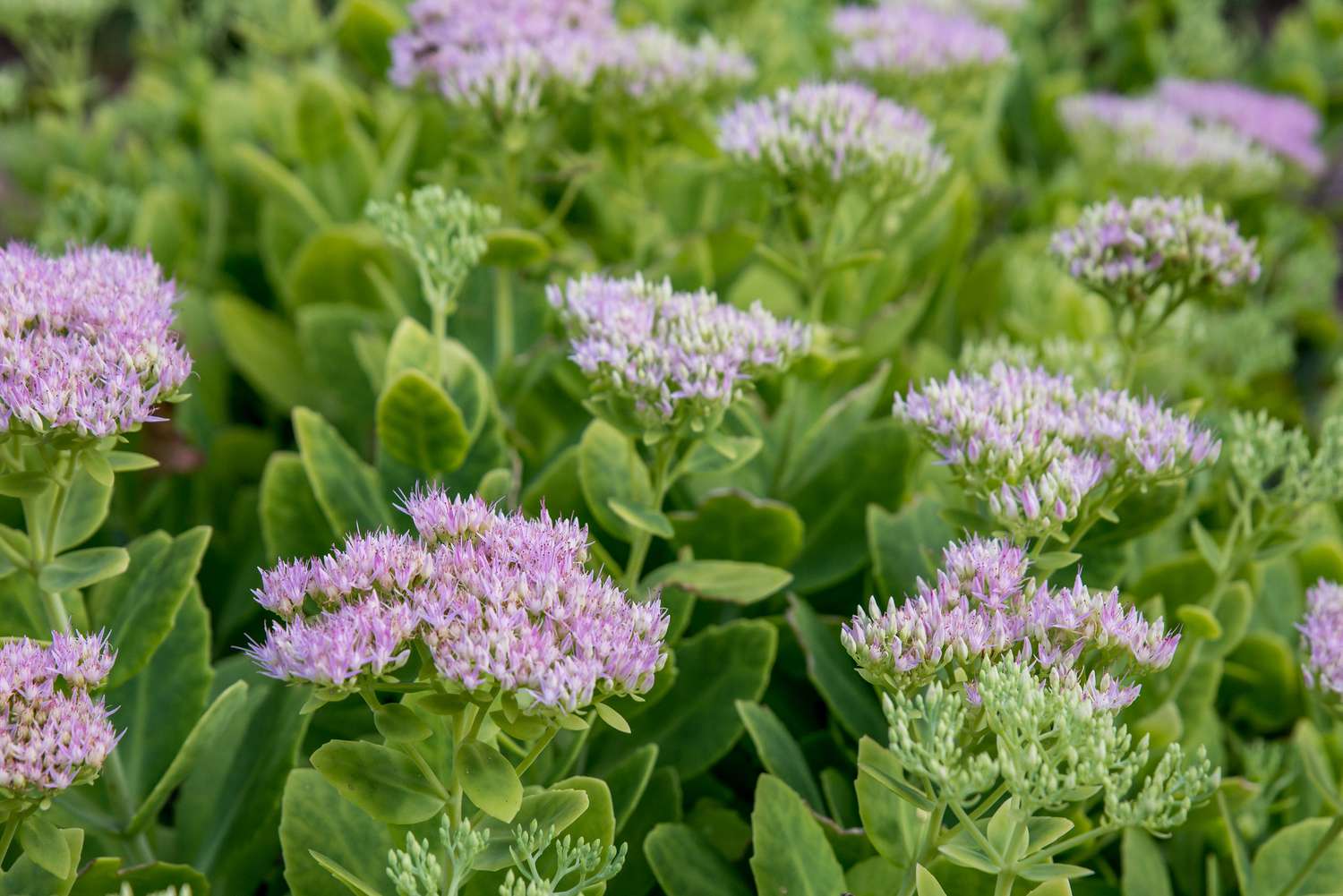
Sedum, a fascinating succulent, thrives in various climates, providing a striking addition to any garden. Known for its drought resistance and easy maintenance, this versatile plant attracts pollinators like bees and butterflies, making it an essential part of pollinator-friendly gardens. Its thick, fleshy leaves store water, enabling survival in harsh conditions. Blooms range from yellow to pink, creating vibrant displays. With hundreds of species, sedum can be ground cover or eye-catching focal points. Whether in rock gardens, pots, or borders, sedum’s resilience and beauty make it a gardener’s favorite. Dive into the wonders of sedum and transform your garden.
Read More About Sedum: 10 Astounding Facts About Sedum
24
of 29
Gaillardia
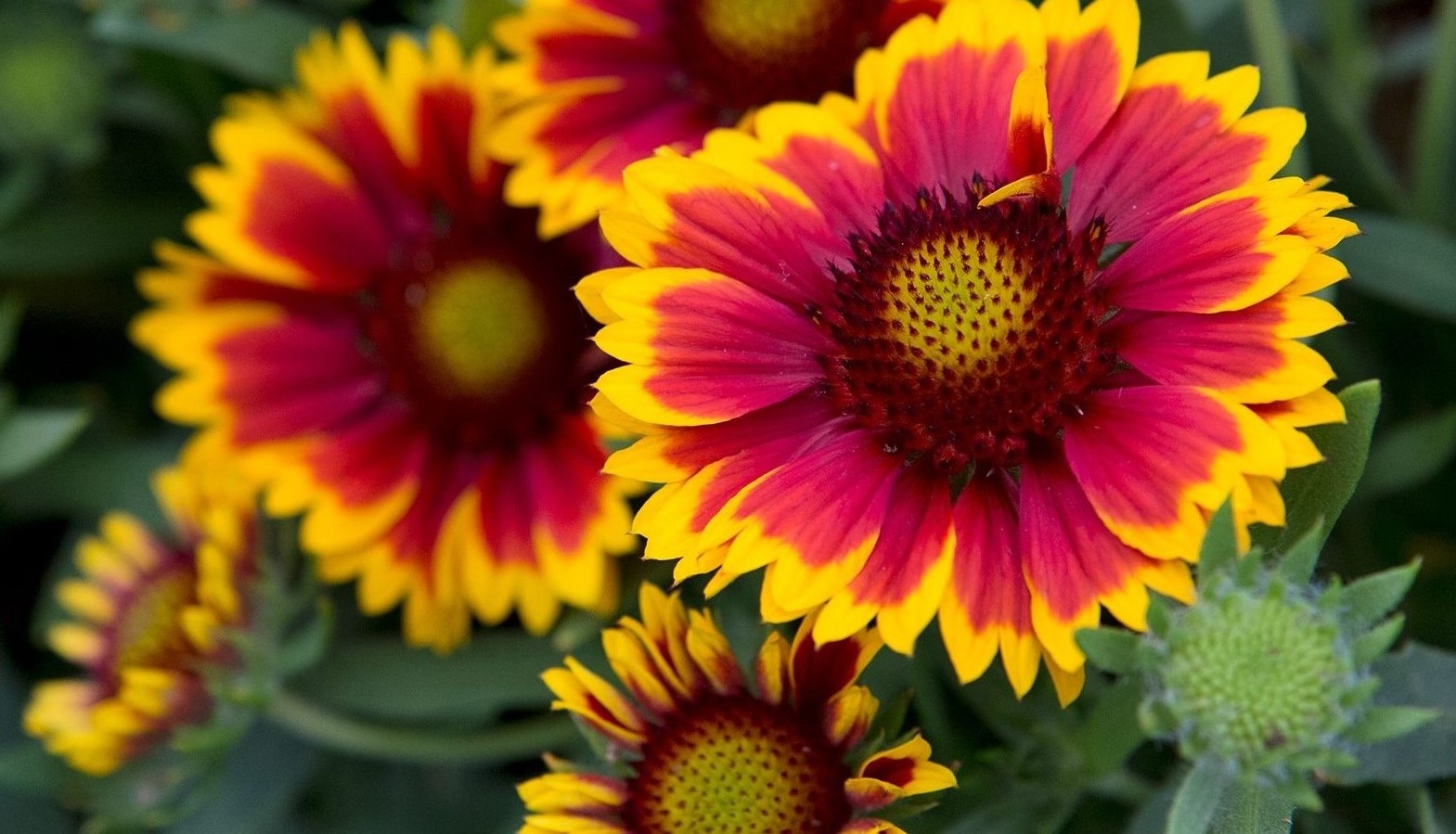
Gaillardia, often known as blanket flower, boasts vibrant colors and a long blooming season perfect for attracting pollinators. This hardy perennial thrives in full sun and poor soil, making it a low-maintenance addition to any garden. Its daisy-like blossoms, ranging from fiery reds and oranges to sunny yellows, brighten landscapes while providing nectar for bees and butterflies. With its drought-resistant nature, Gaillardia proves ideal for xeriscaping. Whether freshening up garden beds or adding a splash of color to borders, this versatile plant supports a thriving, pollinator-friendly environment.
Read More About Gaillardia: 19 Surprising Facts About Gaillardia
25
of 29
Lantana

Lantana, a vibrant and hardy flowering plant, can transform any garden into a magnet for pollinators. With its clusters of bright, multicolored blooms, lantana attracts butterflies, bees, and hummingbirds, making it a superstar in pollinator-friendly spaces. Not only does it come in various shades like red, orange, yellow, and purple, but lantana also thrives in sunny spots with minimal care. This resilient plant can withstand heat, drought, and poor soil, offering beauty and biodiversity to your garden. Ready to add a splash of color and life? Lantana might be just what you’re looking for.
Read More About Lantana: 14 Mind-blowing Facts About Lantana
26
of 29
Heliotrope
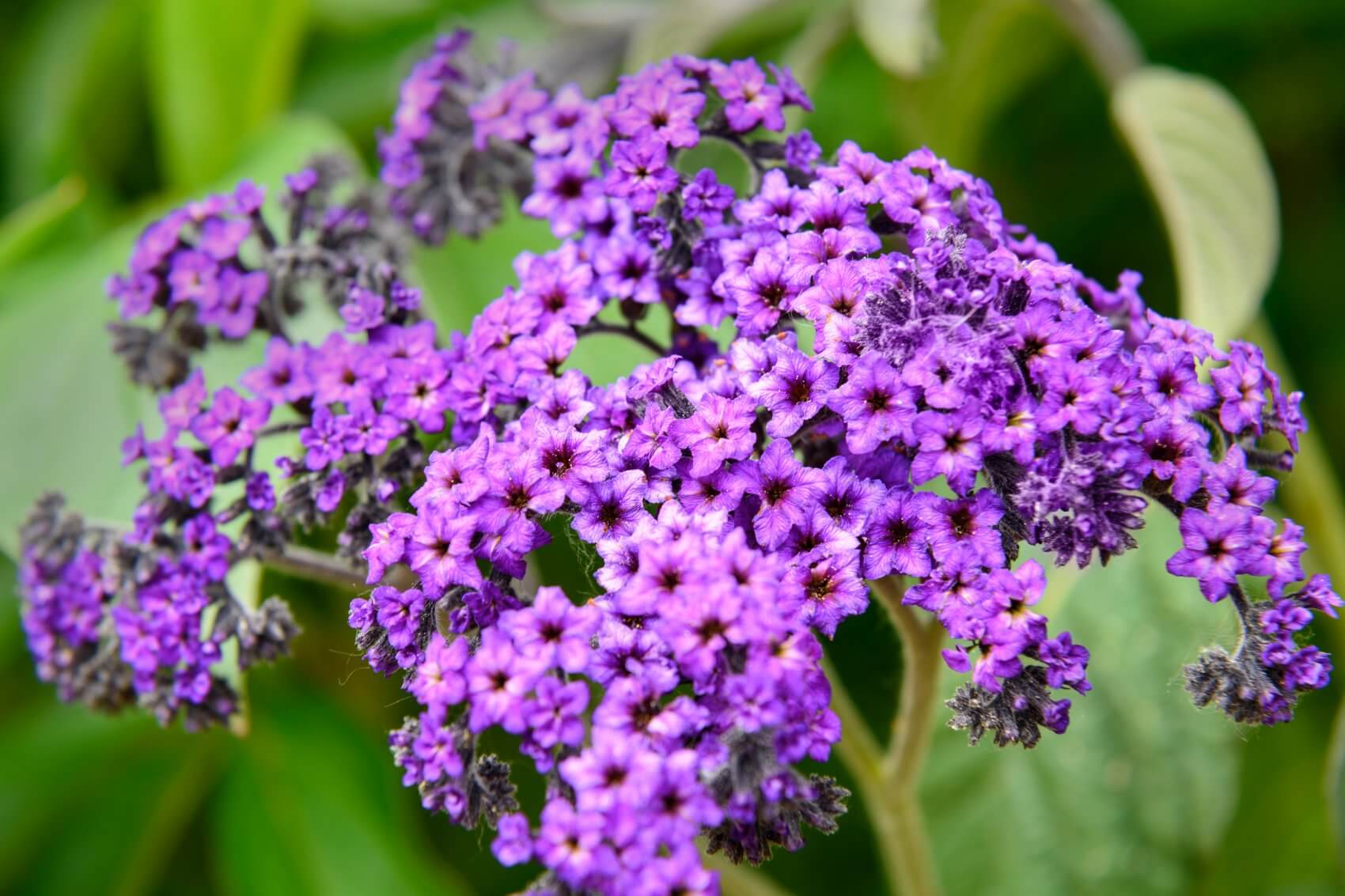
Heliotrope, a charming addition to any garden, boasts an array of fascinating traits that make it a standout. This enchanting plant, with its vibrant clusters of blooms, not only adds a splash of color but also attracts a variety of pollinators, making it perfect for those seeking to create a buzzing, pollinator-friendly garden. Known for its sweet vanilla or cherry-like fragrance, heliotrope can enhance any green space while supporting local ecosystems. Its resilience and beauty make it an excellent choice for gardeners looking to combine aesthetics with ecological benefits.
Read More About Heliotrope: 13 Astonishing Facts About Heliotrope
27
of 29
Cleome
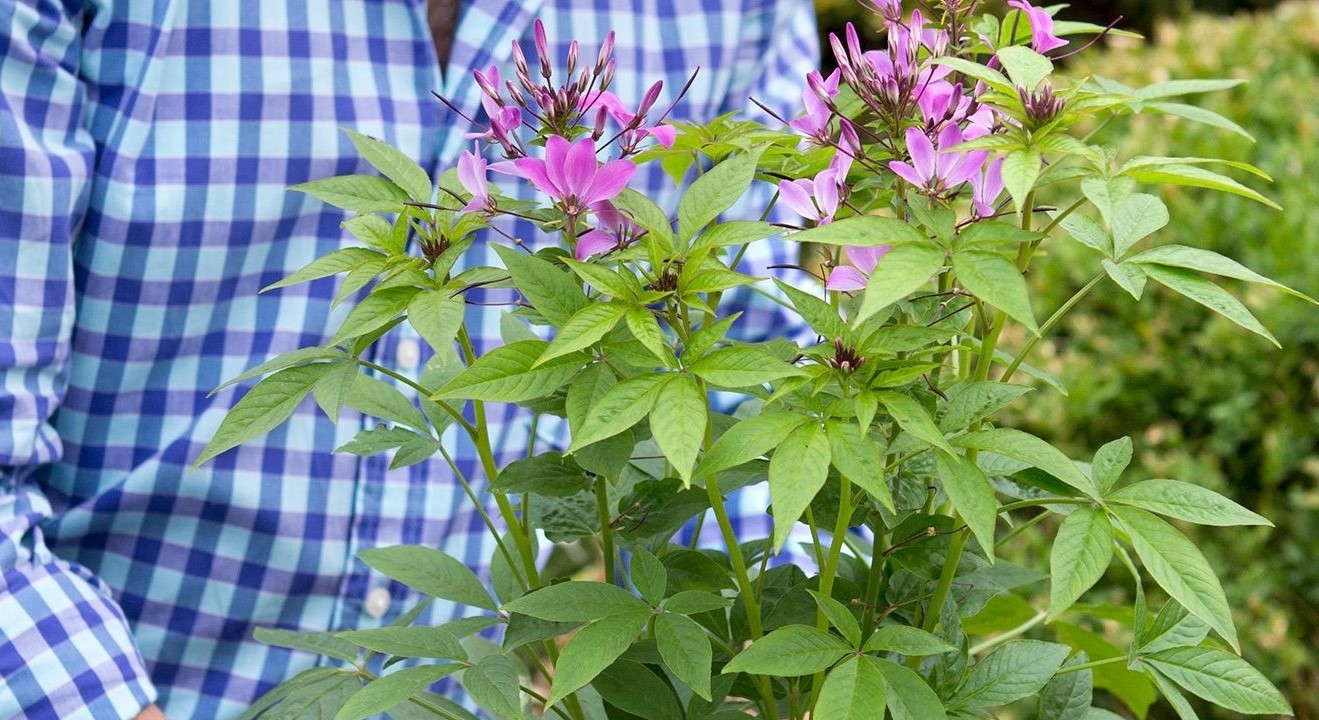
Cleome, also known as spider flower, brings a splash of vibrant color and unique texture to any garden. These striking plants boast tall, spiky blooms that attract pollinators like bees and butterflies, making them a hit in pollinator-friendly gardens. With their distinctive appearance, characterized by long stamens resembling spider legs, Cleome flowers add an exotic charm. They thrive in sunny spots, tolerate drought, and bloom from early summer until the first frost. Easy to grow and maintain, Cleome is a fantastic choice for gardeners aiming to create a lively, buzzing habitat for pollinators.
Read More About Cleome: 12 Extraordinary Facts About Cleome
28
of 29
Hyssop
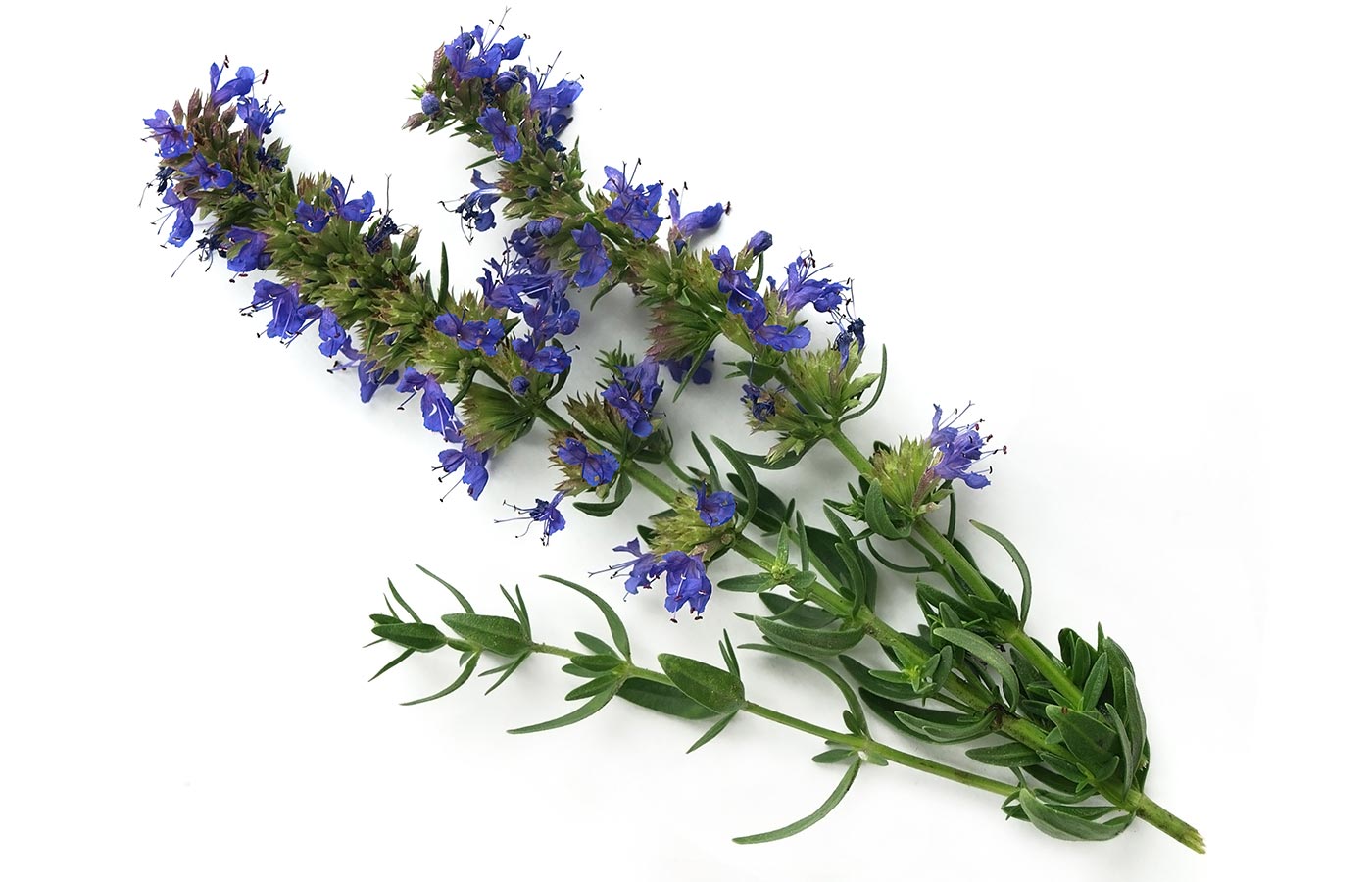
Hyssop, a hardy perennial herb, brings vibrant blue, pink, or white flowers to any garden. Its aromatic leaves, often used for flavoring dishes, also attract bees, butterflies, and hummingbirds. Besides its culinary uses, hyssop has a historical reputation for medicinal properties, making it a versatile addition to pollinator-friendly spaces. When in full bloom, this resilient plant not only adds beauty but supports ecosystem health. Growing hyssop is straightforward, requiring minimal care while rewarding gardeners with a bountiful bloom. Perfect for creating a lively, fragrant haven, hyssop makes both a practical and picturesque garden choice.
Read More About Hyssop: 8 Captivating Facts About Hyssop
29
of 29
Scabiosa

Scabiosa, often called the pincushion flower, is a vibrant addition to any pollinator-friendly garden. With its cushion-like blooms in shades of blue, pink, and white, it doesn’t just add beauty but also attracts butterflies, bees, and other pollinators, making your garden hum with life. This hardy perennial thrives in sunny spots, requiring minimal care while delivering maximum impact. Besides its visual appeal, Scabiosa plays a crucial role in supporting local ecosystems and promoting biodiversity. Whether you’re a seasoned gardener or a novice, incorporating this plant ensures a lively, colorful, and beneficial garden environment.
Read More About Scabiosa: 14 Extraordinary Facts About Scabiosa
Was this page helpful?
Our commitment to delivering trustworthy and engaging content is at the heart of what we do. Each fact on our site is contributed by real users like you, bringing a wealth of diverse insights and information. To ensure the highest standards of accuracy and reliability, our dedicated editors meticulously review each submission. This process guarantees that the facts we share are not only fascinating but also credible. Trust in our commitment to quality and authenticity as you explore and learn with us.
